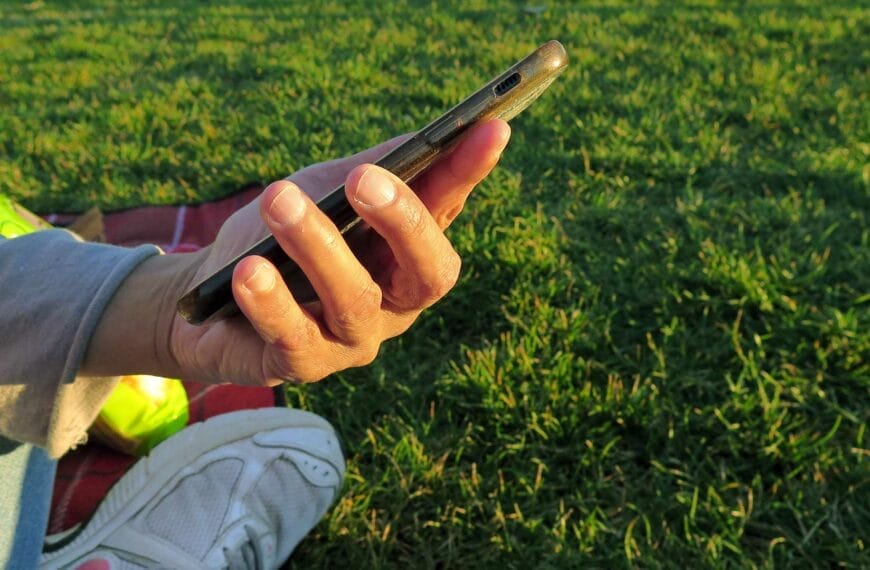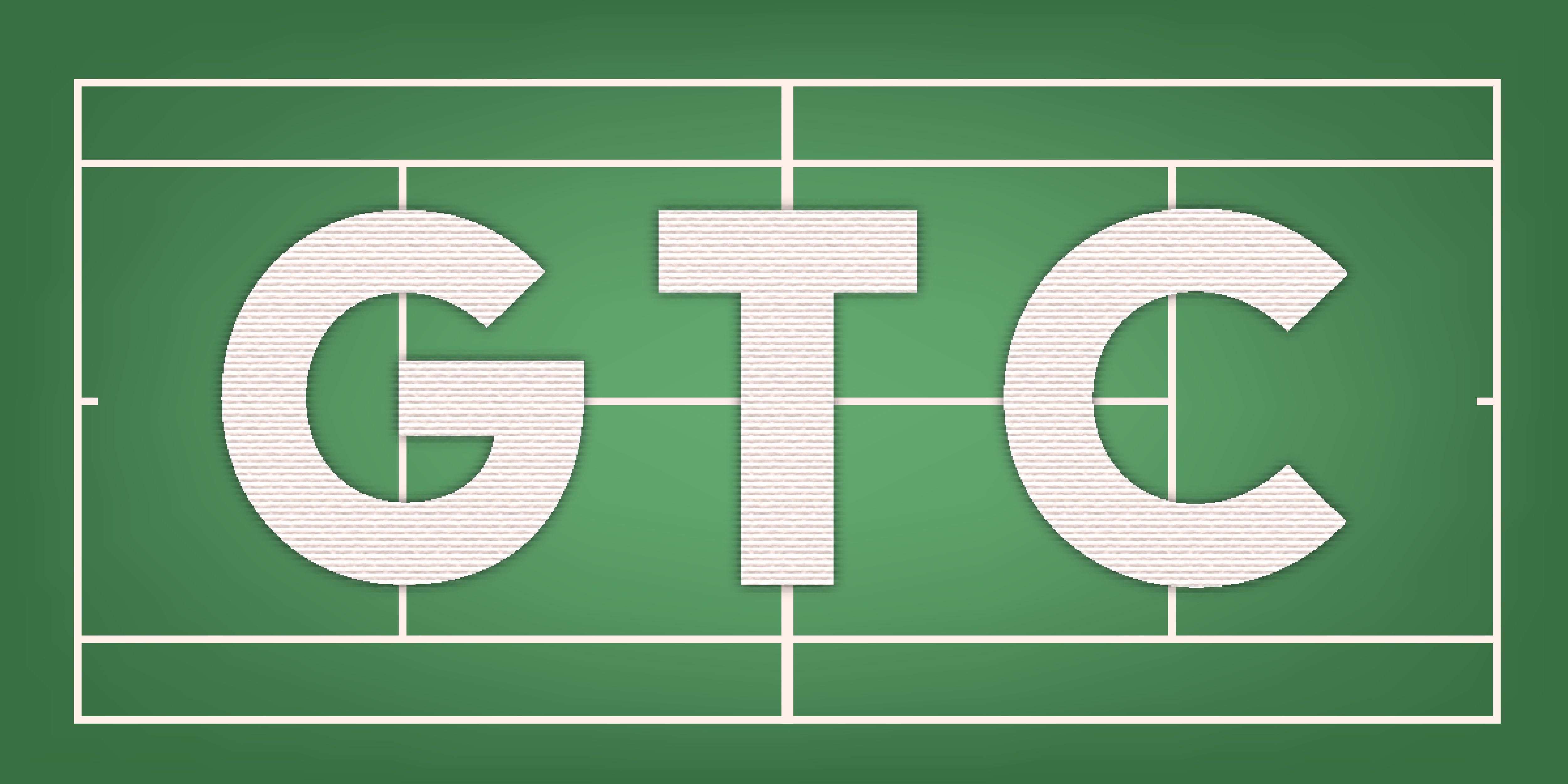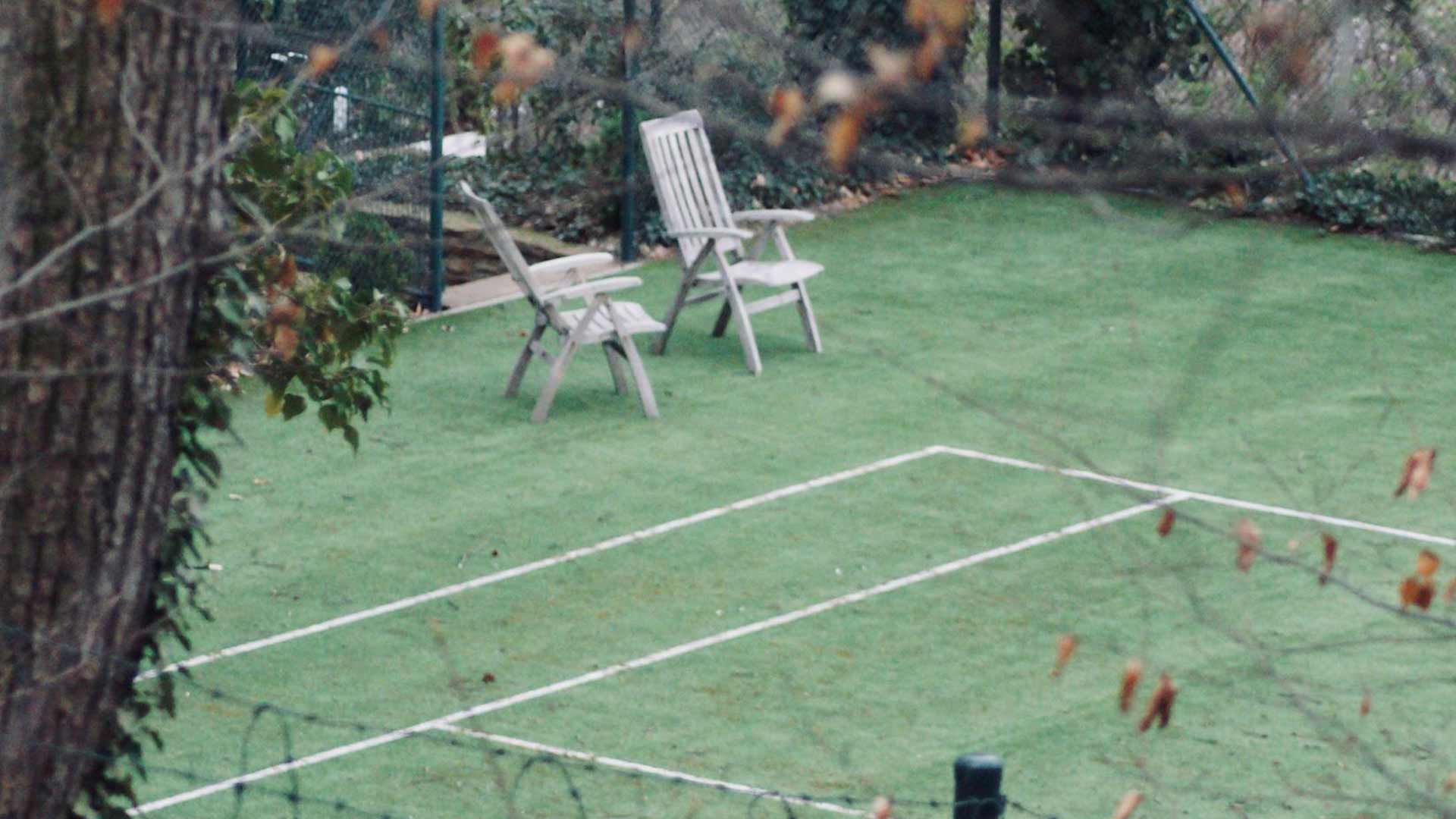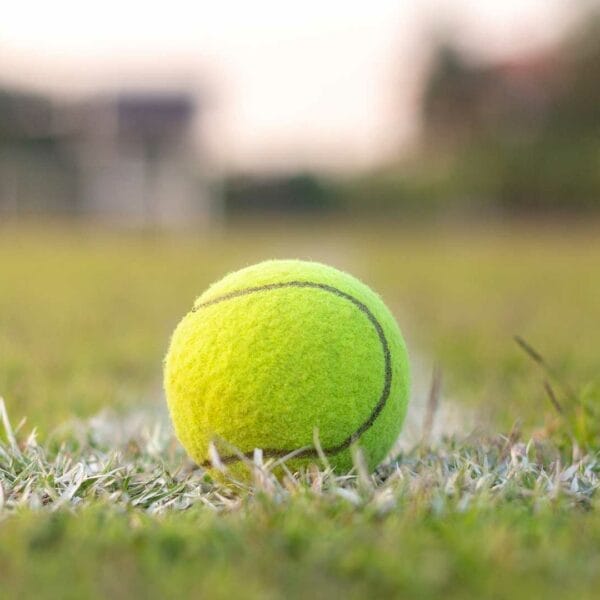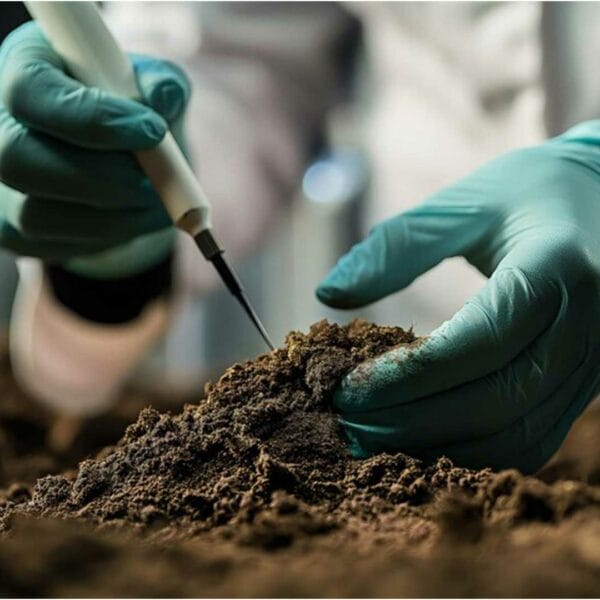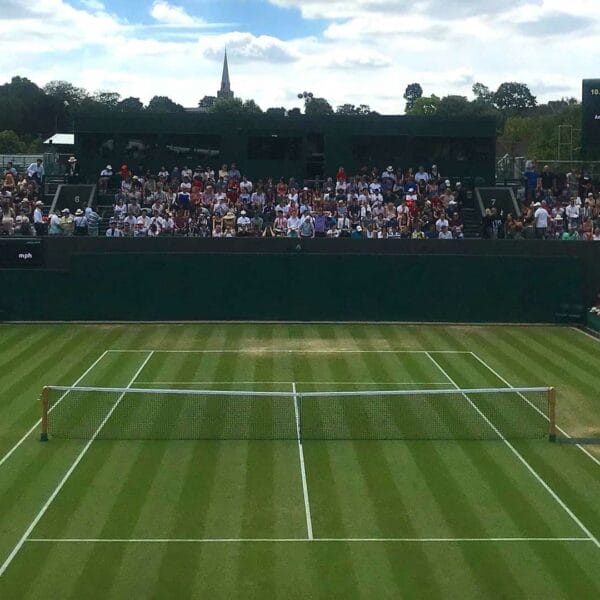Grass tennis court surfaces are not just a tribute to tradition; they represent the quintessence of sophistication and sport. As tennis players and aficionados, we often find ourselves in awe of the lush expanses of Wimbledon, where natural grass courts have set the stage for some of the most iconic moments in tennis history. However, in the modern era, artificial grass courts have emerged as a contender, providing a low-maintenance alternative that mimics the playability of natural grass. When we delve into the world of grass tennis court surfaces, it’s essential to consider various factors, from soil type to grass selection, and the pros and cons of natural versus artificial surfaces.
Best Soil for Tennis Courts
Discover the optimal soil types for grass tennis courts and their maintenance requirements. – Natural grass thrives in loamy soil, which provides excellent drainage and nutrient retention for healthy growth. – For artificial grass courts, a well-prepared base layer of compacted gravel or sand is crucial for stability and drainage. – Regular maintenance, including aeration and top-dressing with compost, ensures the longevity and playability of grass courts.
Grass Tennis Court Surfaces
The allure of grass tennis courts lies in their elegance and unique playing characteristics. These surfaces offer a fast-paced game that demands skill and agility, with the ball bouncing lower and faster than on clay or hard courts. The choice between natural and artificial grass is more than a matter of aesthetics; it involves considerations of maintenance, cost, and environmental impact.
Natural Grass
Natural grass courts are the pinnacle of tennis tradition, offering a playing experience that is both challenging and rewarding. The surface is known for its soft, forgiving nature that reduces player fatigue and injury risk. Playing on natural grass is a sensory delight, with the smell of freshly cut grass and the sight of pristine green turf.
- Soil Requirements: The foundation of any exceptional natural grass tennis court is its soil. Sandy-loam soil is the gold standard, providing the perfect balance of drainage and moisture retention. This soil type ensures that the court remains playable even after heavy rains, while its slightly acidic to neutral pH level (6.07.0) supports healthy grass growth. Before constructing a court, testing the soil is crucial to determine necessary amendments, ensuring the soil can support the rigours of a tennis season. For detailed guidance, check out our site selection guide.
- Grass Types: Selecting the right grass species is vital for a successful natural court. Perennial ryegrass and Kentucky bluegrass are popular choices due to their durability and ability to withstand the wear and tear of active play. These grasses offer a lush, dense surface that enhances the aesthetic appeal of the court.
- Maintenance: Maintaining a natural grass court is a labour of love. It requires regular mowing, watering, and fertilization to keep the grass healthy and vibrant. Frequent rolling is also necessary to maintain a smooth playing surface, and careful attention must be paid to pest control and disease prevention.
Artificial Grass
Artificial grass courts have gained popularity as a practical alternative to natural grass. With advancements in technology, these surfaces have evolved to closely mimic the appearance and playability of natural grass, while offering several advantages.
- Durability and Maintenance: Artificial grass courts are incredibly durable, withstanding heavy use and extreme weather conditions without significant wear. They require minimal maintenance compared to natural grass, eliminating the need for mowing, watering, or fertilization. This makes them an attractive option for clubs and facilities looking to reduce upkeep costs.
- Playability: The playing characteristics of artificial grass are similar to natural grass, with a fast game and low bounce. This makes them an excellent choice for players who enjoy the speed and finesse of grass court tennis but may not have access to a natural grass facility.
- Environmental Impact: While artificial grass reduces water consumption and maintenance labour, it is essential to consider its environmental footprint. The production and disposal of synthetic materials can have environmental repercussions, making it crucial to choose high-quality, recyclable options where possible.
Grass Tennis Court Surface Comparison Table
| Feature | Natural Grass | Artificial Grass |
|---|---|---|
| Maintenance | High (mowing, watering, fertilizing) | Low (occasional cleaning) |
| Durability | Moderate (subject to wear and weather) | High (weather-resistant, long-lasting) |
| Playability | Fast, low bounce | Fast, low bounce |
| Environmental Impact | Dependent on water and chemicals | Low water use, potential disposal issues |
| Cost | High initial and ongoing | High initial, low ongoing |
Frequently Asked Questions
What is the best surface for a tennis court?
The “best” surface for a tennis court depends on the intended use and personal preference. Natural grass is favoured for its traditional appeal and unique playing characteristics, offering a fast and low-bouncing game. However, it requires significant maintenance and is weather-dependent. Artificial grass, on the other hand, provides a similar playing experience with reduced maintenance, making it ideal for locations with less favourable climates or for players seeking a low-maintenance option.
What is the best grass for a tennis court?
For natural grass courts, perennial ryegrass and Kentucky bluegrass are excellent choices. These species are renowned for their durability, fine texture, and ability to recover quickly from wear. Ryegrass is particularly favoured for its fast germination and establishment, while Kentucky bluegrass is valued for its robust growth and ability to create a dense, resilient surface.
For more information on grass types, visit our best grass type guide.
How much does it cost to build a grass tennis court?
The cost of constructing a grass tennis court can vary widely, depending on factors such as location, soil quality, and the type of grass used. On average, building a natural grass court can range from $50,000 to $150,000, including land preparation, soil amendments, and grass installation. Artificial grass courts may have a higher initial cost due to the synthetic materials involved but offer savings in ongoing maintenance expenses.
How long does it take to build a grass tennis court?
Constructing a grass tennis court is a time-intensive process that typically takes several months. For natural grass courts, the timeline can be extended due to the need for soil preparation, grass establishment, and curing periods. Artificial grass courts can be completed more quickly, often in a matter of weeks, as they do not require time for grass to grow.
How do you maintain a grass tennis court?
Maintaining a grass tennis court, particularly a natural one, involves regular mowing to keep the grass at the optimal height, typically between 8-13mm. Irrigation is crucial, especially in dry climates, and fertilization should be performed periodically to ensure healthy grass growth. Rolling the court helps maintain a smooth playing surface, and aeration is necessary to promote root development and drainage.
For artificial grass, maintenance mainly involves brushing to prevent matting and the occasional cleaning to remove debris. It’s also important to check for damage and replace any worn sections promptly.
For detailed maintenance practices, explore our turf installation guide.
Conclusion
Choosing between natural and artificial grass tennis court surfaces boils down to balancing tradition with practicality. While natural grass courts offer unparalleled beauty and a classic tennis experience, they demand a significant commitment to upkeep. Artificial grass courts, meanwhile, provide a modern alternative that respects the essence of the game while easing the burden of maintenance. For those who cherish the game of tennis, whichever choice you make, ensure it aligns with your passion and resources. Ultimately, the best grass tennis court is one that allows you to play and enjoy the sport in its most elegant form.



